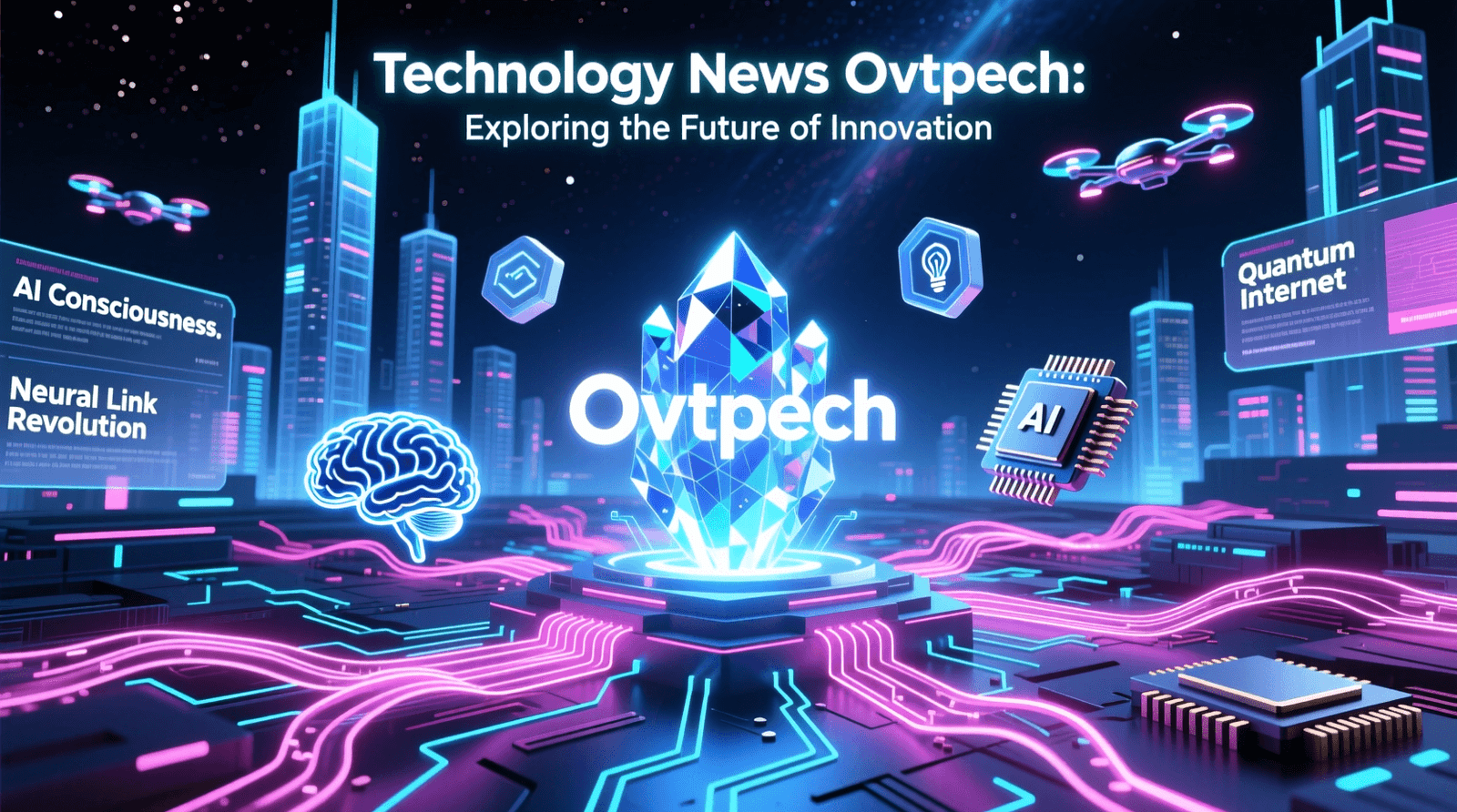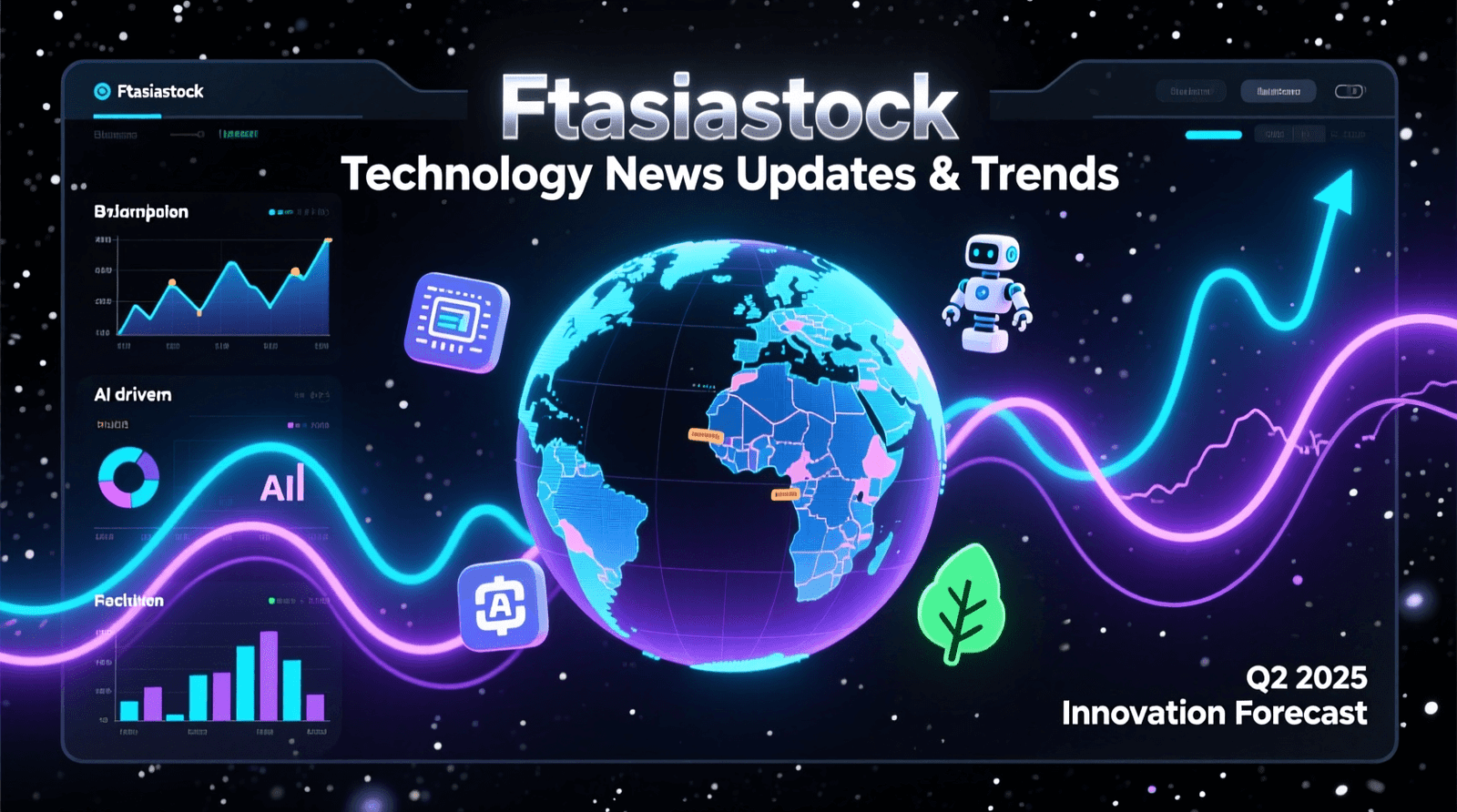Artificial Intelligence (AI) is reshaping industries across the globe, and the field of journalism is no exception. One of the most transformative applications of AI news algorithmic profiling—a system that uses complex algorithms to analyze data, predict trends, and tailor news to individual preferences. With the rise of AI-powered news platforms, algorithmic profiling is proving to be a game-changer in how information is consumed, disseminated, and understood.
Understanding Algorithmic Profiling in AI News
Algorithmic profiling involves using AI systems to collect and analyze data about individuals to create personalized news experiences. These algorithms gather insights from user behavior, such as browsing history, reading patterns, and social media activity, to deliver content tailored to individual preferences. The result is a highly customized news feed that aligns with a user’s interests, habits, and even geographical location.
The use of AI in algorithmic profiling extends beyond personalization. It helps journalists and news agencies identify emerging trends, predict audience engagement, and optimize content for maximum reach.
Benefits of AI News Algorithmic Profiling
1. Personalized News Consumption
One of the primary benefits of algorithmic profiling is its ability to create highly personalized news feeds. By analyzing user data, AI algorithms deliver stories that are most relevant to an individual’s interests. This ensures readers stay engaged with content that matters to them, enhancing the overall news consumption experience.
2. Enhanced Efficiency for News Agencies
For newsrooms, algorithmic profiling streamlines content distribution. AI systems analyze audience engagement patterns and suggest optimal publishing schedules, helping journalists focus on producing high-quality content. Additionally, AI-powered tools can generate initial drafts of news articles, saving time and resources.
3. Broader Reach and Audience Engagement
AI algorithms help news agencies reach larger audiences by predicting trending topics and recommending content that resonates with specific demographics. This targeted approach improves audience engagement, ensuring that readers are not overwhelmed by irrelevant information.
4. Data-Driven Journalism
AI-powered profiling enables journalists to rely on data analytics for story selection and prioritization. By analyzing real-time data, news agencies can identify underreported stories, uncover hidden patterns, and provide deeper insights into current events.
5. Multilingual and Accessible Content
With AI, news agencies can overcome language barriers by providing automated translations of articles. This makes content accessible to a global audience and fosters inclusivity in news consumption.

Challenges and Ethical Considerations
While AI news algorithmic profiling offers numerous advantages, it also raises critical concerns that must be addressed to ensure ethical and responsible implementation.
1. Filter Bubbles and Echo Chambers
Personalized news feeds can unintentionally create filter bubbles, where users are only exposed to information that aligns with their existing beliefs. This limits exposure to diverse perspectives and contributes to the polarization of opinions.
2. Data Privacy Concerns
The collection and analysis of user data for algorithmic profiling raise significant privacy concerns. Users may be unaware of how their information is being used, and there is a risk of data breaches or misuse.
3. Bias in Algorithms
AI systems are only as unbiased as the data they are trained on. If the underlying data contains biases, the algorithms may perpetuate and amplify them, leading to unfair or inaccurate profiling.
4. Ethical Journalism Practices
AI-generated content must align with journalistic ethics. Over-reliance on AI systems can lead to a lack of human oversight, potentially compromising the accuracy and integrity of news reporting.
5. Accountability and Transparency
News agencies must ensure transparency in how algorithmic profiling systems operate. Clear guidelines are needed to hold AI developers and users accountable for the outcomes of these systems.
The Future of AI in Journalism
As technology continues to advance, the role of AI in journalism is expected to grow. Future innovations may include real-time sentiment analysis, augmented reality (AR) news presentations, and even AI-driven investigative reporting. However, the adoption of these technologies must be accompanied by robust ethical frameworks to mitigate risks and ensure fair and accurate news dissemination.
Collaboration between tech developers, journalists, and policymakers will be essential in shaping the future of AI-powered news. Open dialogue and public awareness about the implications of algorithmic profiling will help create a balanced and inclusive media landscape.
Conclusion
AI news algorithmic profiling represents a paradigm shift in how news is consumed and produced. By leveraging the power of AI, news agencies can deliver personalized, engaging, and insightful content to audiences worldwide. However, the challenges of data privacy, bias, and ethical considerations must be carefully addressed to harness the full potential of this technology responsibly.




